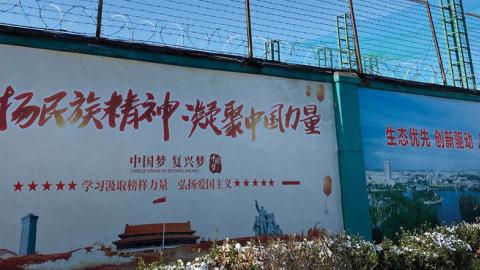Forced labor has been a central part of China’s campaign against the Uighurs for as long as I can remember. I was born in a re-education camp at the height of China’s infamous Cultural Revolution. My father was sent to a separate forced labor camp. I grew up witnessing Uighur villagers forced by Chinese authorities to build irrigation systems and pick cotton.
Tragically, decades later, re-education camps and forced labor remain a gruesome reality affecting millions of Uighurs and other Turkic Muslims in East Turkistan, which China calls the Xinjiang Uighur Autonomous Region. These camps, despite the euphemism of “vocational training centers,” are far from vocational and never voluntary. Detainees suffer torture, rape, forced sterilization and abortion, constant political indoctrination and even death. Authorities have also forced tens of thousands of detainees to work in the Uighur region and elsewhere in China.
As a result, products made using Uighur forced labor — including wigs, face masks, apparel and electronics — have made their way to the United States, violating U.S. laws and regulations. In response, the House passed the Uyghur Forced Labor Prevention Act with bipartisan support in September 2020, which bans goods made in Xinjiang using forced labor, imposes sanctions on foreign individuals and entities who engage in forced labor and requires companies to disclose information related to Xinjiang.
But without meaningful and extraordinary action from U.S. companies, products made with Uighur forced labor will continue to reach American households. To eliminate the use of Uighur forced labor in their products, companies must respond creatively and proactively to address longstanding challenges they face with supply chain transparency.
Read the full article in The New York Times



















